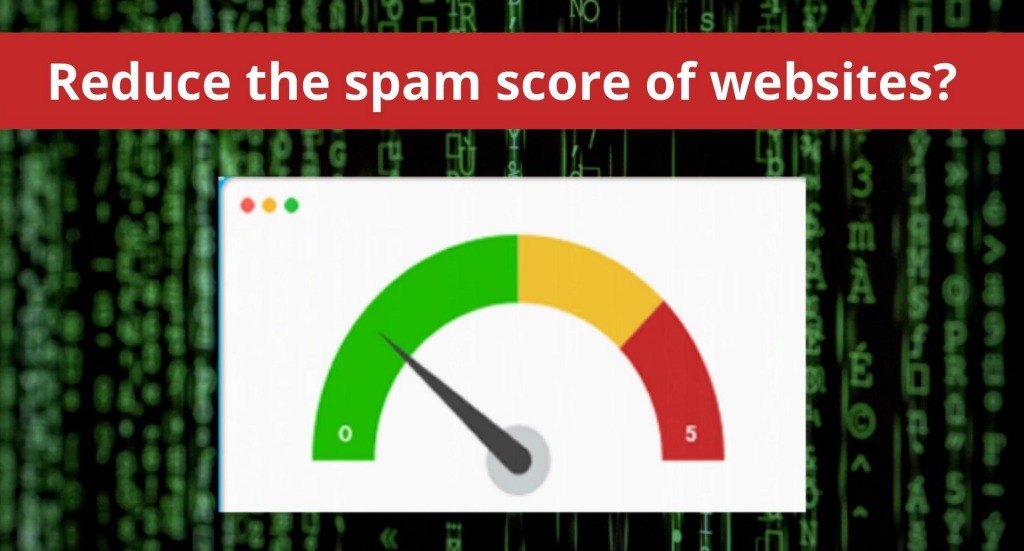Spam score is a measure of the likelihood that your website will be penalized by Google. It is calculated by analyzing a variety of factors that are associated with spammy websites.
Moz has identified 27 common features that link spam sites together. Some of these include: a. Numeric characters in the domain name, b. Meta descriptions that are over 155-160 words, and c.
1. The number of backlinks
A website with an abnormally high or low number of backlinks is a red flag for Moz. It might be a sign of a PBN or other spammy links. Try to keep your link profile natural and organic.
Another sign of spam is a site that has an excessive amount of text compared to code. This is common among sites that are part of a private blogger network and are being used to pass along paid links to money sites.
To reduce your spam score, make sure you are regularly reviewing and monitoring your backlinks. Also, make sure you are disavowing any low-quality or spammy links using Moz’s Link Explorer tool. Finally, focus on creating high-quality content and avoiding keyword stuffing.
2. The number of referring domains
The number of referring domains is an important factor for SEO. This is because Google places a lot of value on the quality and quantity of backlinks. Therefore, you want to have a high number of referring domains from quality websites.
It’s also important to diversify the type of referring domains. For example, you should have both followed and no-follow links in your backlink profile. This will help you to avoid raising red flags with Google.
You should also avoid sites with spammy attributes, such as those that are using a favicon or have an SSL certificate. This can raise a red flag with Google and could result in your site getting penalized.
You can analyze your referring domains using tools like Ahrefs and Moz Link Explorer. Both tools will give you a list of all the domains that are linking to your website. You can then filter out referring domains that are not relevant to your business and remove them from your backlink profile.
3. The quality of the backlinks
The quality of a website’s backlinks is an important factor in SEO. Websites with low-quality backlinks are more likely to be penalized by search engines. Therefore, it’s important to avoid spammy links and maintain a clean link profile.
While backlinks are a vital part of any SEO strategy, it’s important to understand that they’re only one component of the overall ranking algorithm. There are many other factors to consider, including content and on-page SEO.
A high spam score can indicate that your website is attempting to manipulate the search engine rankings. To keep your spam score low, make sure to perform regular link audits and disavow toxic backlinks. Additionally, make sure your website is secure by using an SSL certificate. This will prevent hackers from accessing your website’s private information. Also, avoid using keywords in your domain name and page titles. Additionally, ensure that your website is mobile-friendly. This will improve your SEO ranking and lower your spam score.
4. The quality of the content
Many webmasters and digital marketers become worried when their website’s spam score starts to rise. They often assume that a high spam score will hurt their website’s organic rankings. While this is not always the case, it is important to know what factors contribute to a website’s spam score.
The content of a website is one of the most important factors in determining its spam score. A website with thin content is likely to be flagged as spammy by Moz because it does not add value to search engines. To reduce a website’s spam score, ensure that its content is relevant and unique.
In addition, it is important to check the quality of a website’s inbound links. Spammy inbound links can damage a website’s spam score, so it is important to remove these links from your site as soon as possible. You can use a tool like Moz Link Explorer to check for spammy links and disavow them.






